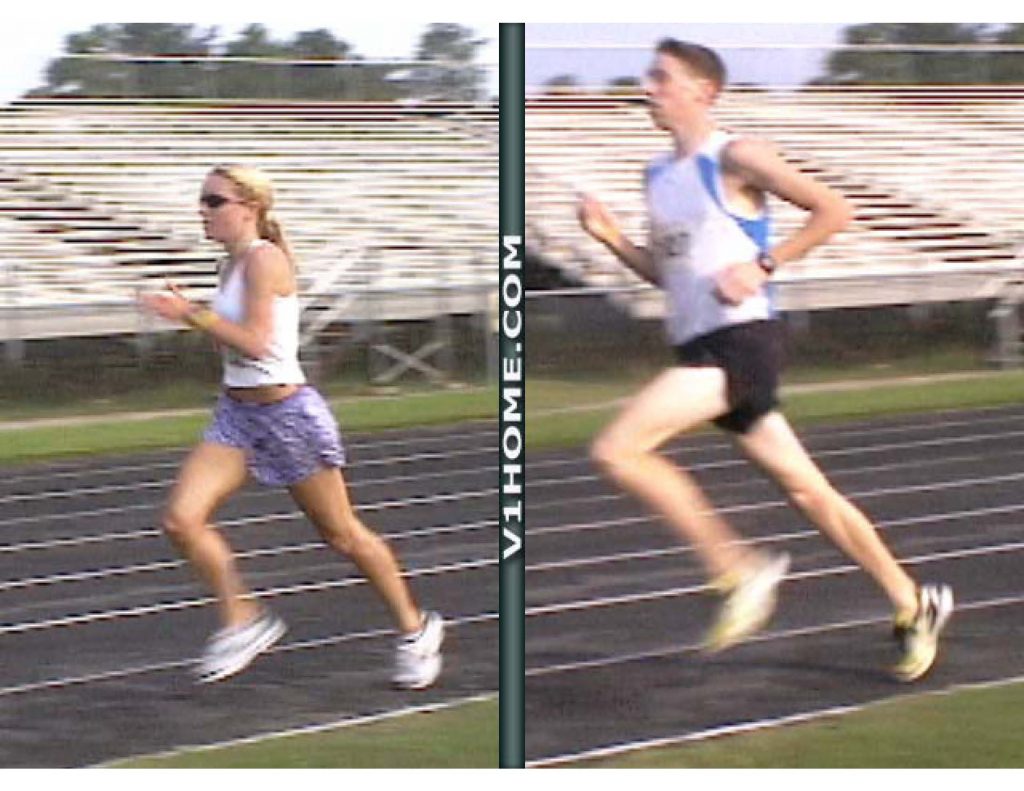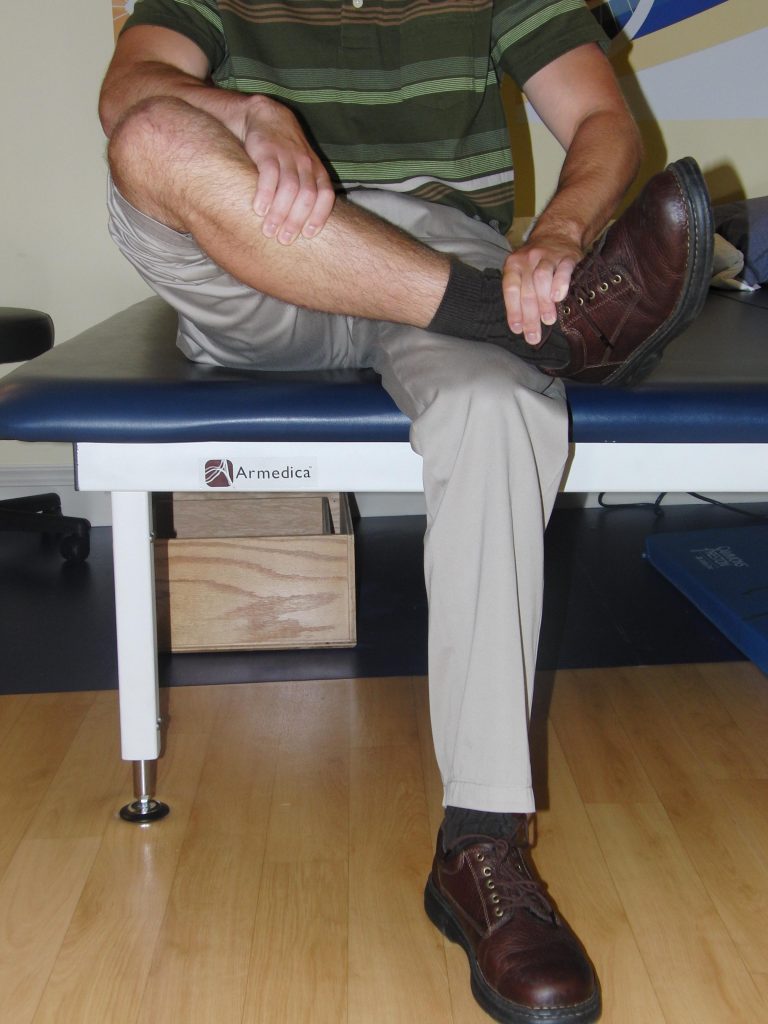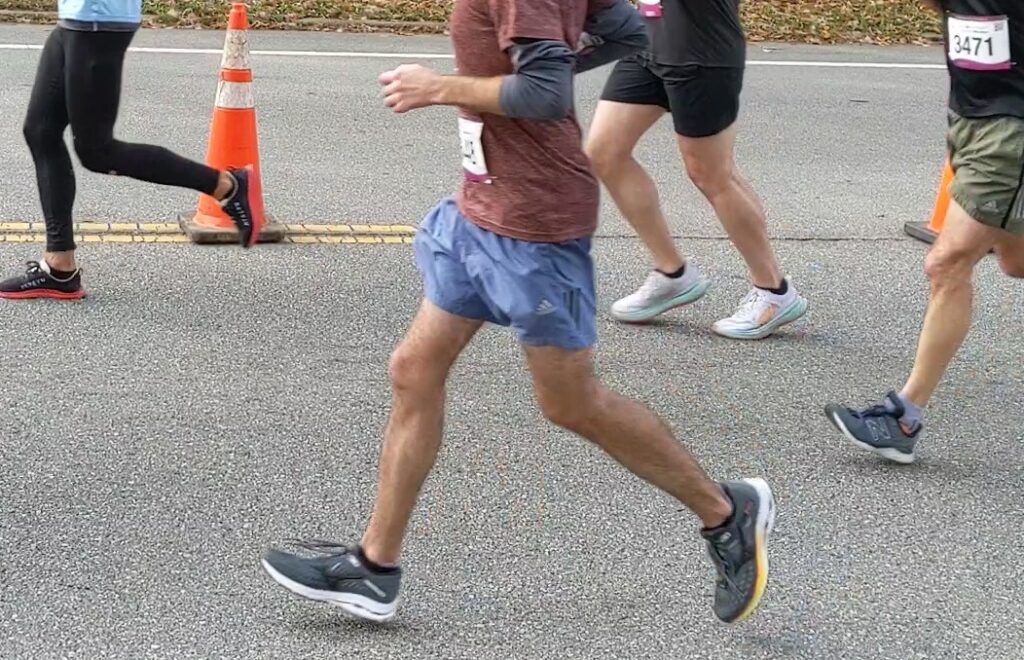Injury Prevention
Don’t do that
A widely held belief among health care professionals is that it is a waste oftime to recommend to an injured runner to stop running. The assumptionis a dedicated runner will not follow recommendation of “don’t do that”. With a few exceptions most injured runners do not need to be told “don’trun”. The exception is a…
Read MoreEvolution of the running shoe: evidence & opinion
Forty years ago there was only one running shoe designed for long distance running. Itwas a black canvas shoe shaped like a track spike shoe with a gum rubber outsole andConverse was the manufacturer. Now there is a veritable plethora of running shoes tochoose from. Ten years ago I wrote an article highlighting the fact…
Read MoreShould you stretch it out – Pain too loose too stiff?
Generally, there are one of two scenarios related to musculoskeletal pain and injury. Either there is not enough movement or there is too much movement. If a muscle is in spasm, if a joint is stuck, or if a muscle-tendon unit has adaptively shortened in length are all examples of not having enough movement. If…
Read MoreHip Pain: Gluteal Tendon Problems Postures & Positions to Avoid
Tendon problems are a common diagnosis at Achilles, knee (patellar tendon), shoulder (rotator cuff), and elbow (tennis elbow) pain. Interestingly though, pain on the side of the hip is commonly thought to be an inflammation of bursa. Recent investigation has shown that pain on the side of the hip commonly thought to be trochanteric bursitis,…
Read MoreGait Retraining – Key Concepts
Gait retraining has become popular among avid runners and Physical Therapists. The proponents of gait retraining advocate if you improve the walking/running form you can walk/run faster, farther, and injury free. Many questions remain regarding gait retraining. Who can benefit from gait retraining injured individuals, non-injured, or both (Heiderscheit, B 2011)? When is the best…
Read MoreSooner is Not Always Better than Later – Healing Recovery from Injury
Sooner is not always better than later when recovering from an injury. Biological tissues adapts to physical stress in a predictable way. There is a threshold where physical stress results in a positive adaptation of the tissue, that is, tissue grows larger and stronger. Conversely if there is insufficient physical stress tissue wastes away gets…
Read MoreStiffness – Resistance to Change: Good or Bad?
In the realm of health and fitness, the term stiffness often has a bad connotation. In reality, being stiff can have positive benefits. When something is stiff, it is difficult to change. When the range of motion of a joint is limited, it is also described as stiff. There is an optimal range of motion…
Read MoreMuscles and Stretching
What is known about benefits of stretching and flexibility exercises continues to evolve. Some commonly held beliefs are being supported with new research and some beliefs are being proven false. Common beliefs about stretching exercises are that stretching exercises decrease risk of injury, relieves pain associated with stiffness, and improves sports performance. Stretching exercises are…
Read MoreRunners Knee versus Gas Pedal Knee – IT band syndrome
A middle-aged male adventure racer who had been struggling with right knee pain for six months sought my assistance. Adventure racing involves competing over multiple days, ultra-distance walk/running combined with other activities such as mountain biking, swimming, kayaking, and rock climbing. His knee pain was focused to the anterior lateral aspect of the right knee.…
Read MoreShock – Injury – Cadence – Quiet
How hard a walker or runner impacts the ground can be described with several biomechanical terms, including vertical impact loading rate, braking impulse force, and shock. Scientists have determined it is not the magnitude of force, but the rate at which the force is transmitted from the ground to the foot and leg that is…
Read More







